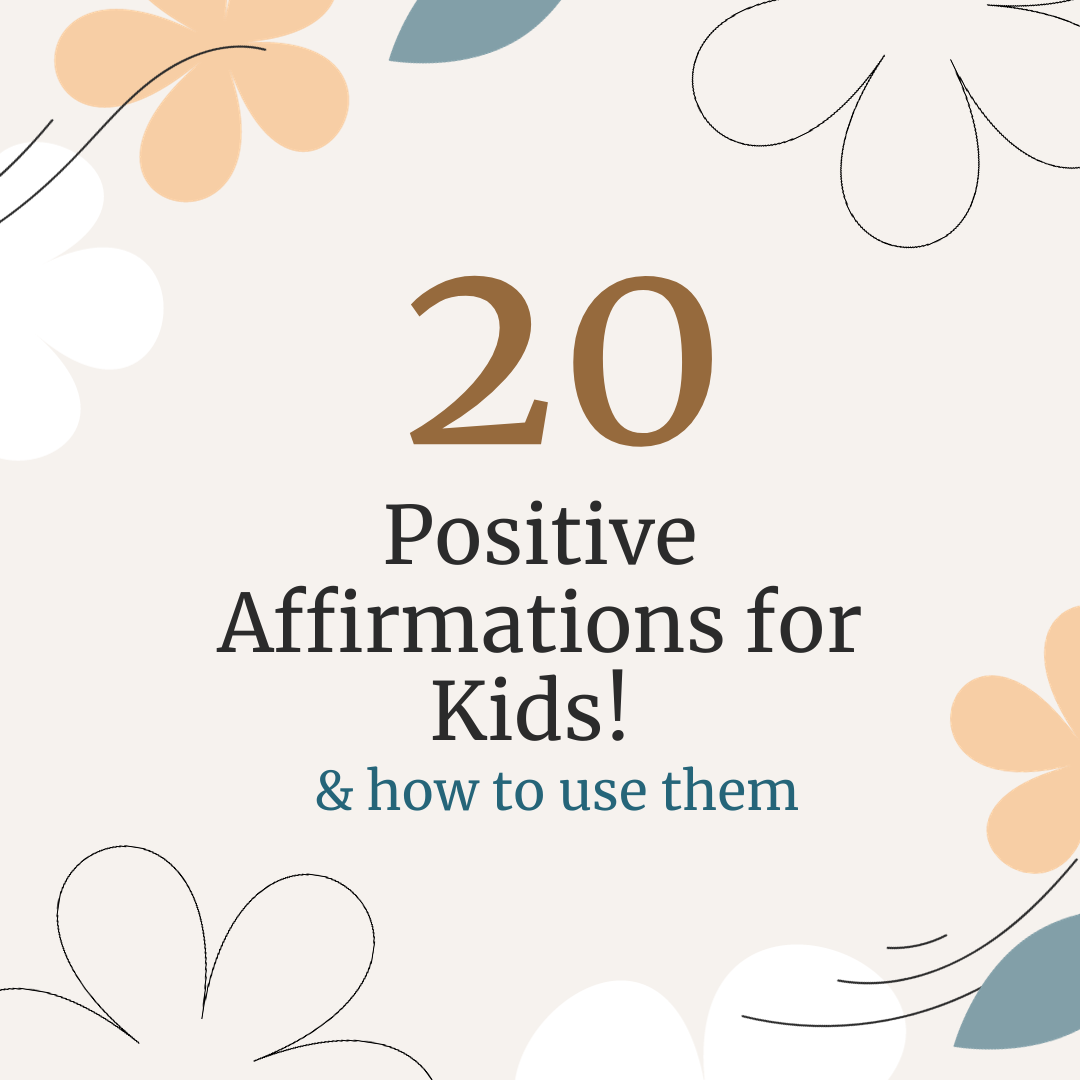Table of Contents
Inside find out how to talk to your kids about the novel COVID-19 as well as what to do with the kids as social distancing becomes more prevalent.
Donald Trump has declared a state of emergency in the US. Justin Trudeau is in isolation as his wife, Sophie Gregoire Trudeau has tested positive for COVID-19. As the world engages in social distancing and quarantine procedures, many parents wonder what we should do.
How do we keep our kids safe?
What is social distancing and how do we enact it?
Should we cancel everything that hasn’t already been cancelled?
How can we talk to our kids about this without promoting anxiety?
How do we enjoy Spring Break when we shouldn’t be at museums or theatres?
In this article, I will share the best resources I have found to answer these questions. I also have included resources with screen-free kids activities to help make Spring Break during COVID-19 protocols more pleasant.
Read: 5 Powerful Strategies to Lower Stress During Remote Learning
FAQ about Kids and COVID-19
What are the risks to children regarding COVID-19?
Based on the CDC and the current evidence we have on COVID-19, children are a low-risk population.
Read the most up-to-date information about kids and the novel coronavirus here.
That said, children can transmit the virus even if they’re asymptomatic. As such, it is best to engage in regular handwashing. This means, rinsing hands, applying soap, and washing them for a minimum of 20 seconds.
I’ve heard recommendations to sing Happy Birthday or Twinkle Twinkle Little Star. However, adults have gotten creative and even made hand-washing song playlists on Spotify with choruses that last the recommended duration for hand-washing. (My personal favourite has to be the recommendation to recite the Team Rocket motto, pictured below.)
It’s also important to have children sneeze and cough into their elbows and model the same. In order to keep children as well as family members safe, experts recommend social distancing.
What is social distancing and how do I know if I’m doing it right?
If you’re like me, then chances are you’ve been left with a lot of questions about how to properly execute social distancing especially if school and extracurricular activities remain a go in your area. Should you still have play-dates, have friends over, and host/ go to birthday parties?
The answers to these questions remain grey.
However, a recent article in The Atlantic helps clear some of this up with questions involving real situations. In short, the public-health experts state that if you’re within a high-risk population, you or a family member has asthma, diabetes, or any other underlying health condition, you should adhere to the strictest and most conservative recommendations.
People who are symptom-free (and have no reason to think they have the virus) should avoid close-contact situations – think crowded movie theatres and peak times for public transit. When people go out, they should try and maintain 6 to 10 feet distance. This may mean choosing to grocery shop late at night, or in the middle of the workday.
As one expert stated:
It’s hard to say “Don’t take public transit,” because a lot of people rely on it to get to work. If you don’t have to and you can drive, it’s probably a good idea. It will help other people who have to take public transit for their livelihoods to do so and do so more safely.
Can my kids still have playdates and go to birthday parties?
Based on the experts interviewed answered questions about hosting and attending dinner parties and weddings, these were the answers:
In terms of dinner parties, Albert Ko, the chair of the epidemiology department at the Yale School of Public Health, stated:
We’re in a gray zone now. The public-health imperative is to create social distance; that’s the only way we’re going to stop this. Think about having those get-togethers but practicing good public health: not sitting very close, trying to keep distance. Wash your hands; avoid touching your face…
With respect to big events like weddings, Crystal Watson, a senior scholar at the Johns Hopkins Center for Health Security, shared:
It’s hard to ask everyone if they’re feeling sick and harder to know what their exposures have been. I would take a look at who is invited to the party. Are there people who are very vulnerable? Older people, people who have underlying health conditions, pregnant women? If that’s the case, I would err on the side of caution. I don’t want to tell somebody to cancel their wedding. That would be terrible. But I think you have to look at the situation, maybe ask guests who are feeling ill not to come. If it’s being held in a community where there’s widespread disease, then it might be worth [reconsidering the event].
To read all their answers, including what to do about visiting older relatives, getting haircuts and more, here.
What about playdates?
Experts are saying that schools are not closing with the idea that we will all get together on our own time.
One pediatrician’s general guidelines for social distancing and playdates are as follows:
-
No indoor playdates
-
No indoor crowded activities (bounce houses, gymnastics, etc.), even if they’re still open
-
No playdates for kids who are prone to dog-piling and wrestling
-
Outdoor playdates otherwise likely okay for general play—at least for now
-
Avoid crowded outdoor activities (ice skating rinks, etc.)
If you’re still set on getting together, here’s my suggestion: Pick your best friend family. If you can trust them and they can trust you, agree that your families will only hang out with each other. This way you’re at least minimizing possible exposure.
Read more from Dr. Steve Silestro here.
My take-away: err on the side of caution. Avoid where you can. Postpone parties and gatherings unless you feel assured that others’ health won’t be compromised.
Read: Crisis schooling and how to find peace of mind when so much is unsure
How should I talk to my kids about the virus?
Many children are hearing bits of the news, stories from friends and then making assumptions. While we want to inform and ease our children’s fears, it’s important to proceed mindfully.
1. Take your child’s lead.
No matter what world event is unfolding it is best to ask your child if he has any questions surrounding the current event. Specifically, has she heard what is going on? Does she have questions? What does she know?
It’s best to start with these questions as too much information can be overwhelming, confusing, and may not be developmentally appropriate. Upon answering these questions, it may be apparent if your child has heard misinformation or if he has heard something that has made him scared or uncertain. Address what they know, set straight misinformation and if you’re unsure of an answer, say so. It’s okay not to have all the answers.
2. Share proper health protocol.
In the case of the novel coronavirus or any pandemic, children need to know how to follow proper health protocol. So, even if they don’t have questions or don’t want information, they need to know how to properly wash their hands and that they need to sneeze or cough into their elbows. They also need to know when to wash their hands and why it’s best not to hug, kiss, touch other friends right now. Sharing proper health protocol may also mean explaining concepts like self-isolation and social distancing.
3. State facts and assure them.
As previously mentioned, the children who contract the novel coronavirus largely have mild symptoms. These symptoms feel similar to a cold or flu. Share with them how your family plans to stay healthy. Don’t promise anything that you can’t guarantee. For instance, don’t say, “We won’t get it.” Current estimates suggest the majority of the world will contract the virus and it will be mild. Sticking with this is best. The reason for the protocols currently in place are to minimize the strain on the health systems around the world. (The image below offers a great illustration).
4. Acknowledge their feelings and avoid minimizing.
Evidence shows that telling children not to worry or not to feel the way they feel actually increases negative emotions (1). Instead, paraphrase what they say. For instance, “It can be scary, can’t it?” Or, “It is disappointing knowing that soccer is cancelled.” Let your child get out everything she is feeling. An imago dialogue is a powerful way to get release and move past big feelings.
I have a free download on how to execute this type of dialogue below.
<script async data-uid=”89ed1c15aa” src=”https://alana-parenting-from-the-heart.ck.page/89ed1c15aa/index.js”></script>
Chances are your child may be worried about a family member who is at risk. Acknowledge the realness of their concerns while equipping them with the knowledge of how to minimize risks.
If your child experiences anxiety or has OCD, check out this resource on How to Talk About the Coronavirus to Kids with Anxiety and OCD from a family therapist.
5. Model composure and don’t fan flames.
To avoid creating or reinforcing anxiety, model calmness. Avoid hypothesizing and talking about worst-case scenarios in front of kids.
6. Limit exposure to News Media.
It is good to be informed but too much exposure can underscore feelings of uncertainty.
7. If your child is feeling worried, use red thoughts green thoughts.
In the story Don’t Feed the Worry Bug, children learn that it’s okay to feel worried. But, there are ways they can feed their worries and make them stronger or starve their worries and make them smaller.
In the book, The Yes Brain: How to Cultivate Courage, Curiosity, and Resilience in Your Child, psychiatrist Daniel Siegel and psychologist Tina Payne-Bryson call these ideas red thoughts and green thoughts.
Red thoughts feed anxiety like:
- “I’m worried about going back to school in person. What if I get sick?”
- “More and more people are getting the coronavirus. What if someone I love dies?”
- “What if we go back to school and then everything turns to remote learning again? I can’t take it!”
Green thoughts starve anxiety and propel healthy thinking like:
- “When I go back to school in person, I will wash my hands, eat good food and listen to my teacher so I stay healthy.”
- “More people are getting the virus, but we’re doing our best to stay healthy. No one in my family has it and most of the people who do get it get better.”
- “If school goes back to remote learning again, I know what to expect because I’ve done it before!”
Child therapist Natasha Daniels, who specializes in anxiety and OCD, states that it’s best not to spoon-feed green thoughts to our children. She likens this approach to someone saying, “You should calm down.” It doesn’t do much of anything to make the situation better. Instead, explain the concept of red thoughts and green thoughts to your child, then have her brainstorm her own.
8. Spend more time outside.
Loads of research shows that time in nature decreases cortisol (the stress hormone), increases deepness of breath, exercise, and overall feelings of peacefulness.
9. Make sure there is a predictable rhythm about your day.
Predictability increases feelings of control and decreases feelings of overwhelm. Also, a predictable day should lend itself to a predictable night. Now more than ever, it’s important for children to sleep well each night. A consistent bedtime will help all of this.
10. Allow for ample free-play.
In his research on the rise of psychopathology in children, psychologist Peter Gray found a correlation between play and mood disorders. Specifically, the less time children spent playing, the more likely they were to have depression and anxiety.
Referencing this research, Gray said:
By depriving children of opportunities to play on their own, away from direct adult supervision and control, we are depriving them of opportunities to learn how to take control of their own lives. We may think we are protecting them, but in fact, we are diminishing their joy, diminishing their sense of self-control, preventing them from discovering and exploring the endeavours they would most love, and increasing the odds that they will suffer from anxiety, depression, and other disorders.
We need to clear schedules to allow our children to play more to improve their mental health.
A final note about social distancing and easing anxiety in children
This remains an uncertain and worrisome time. Though there is a lot parents can do to ease anxiety in children, it is important that parents seek help if their child’s feelings interfere with their day-to-day functioning.
No matter what, make sure to spend lots of time outside, in play, and available to talk.
Additional reading you may find helpful:
5 Powerful Strategies to Lower Stress During Remote Learning
Crisis schooling and how to find peace of mind when so much is unsure
Social stories can help your child when they’re struggling
The analogy that will change how you see your child’s misbehaviour












3 comments